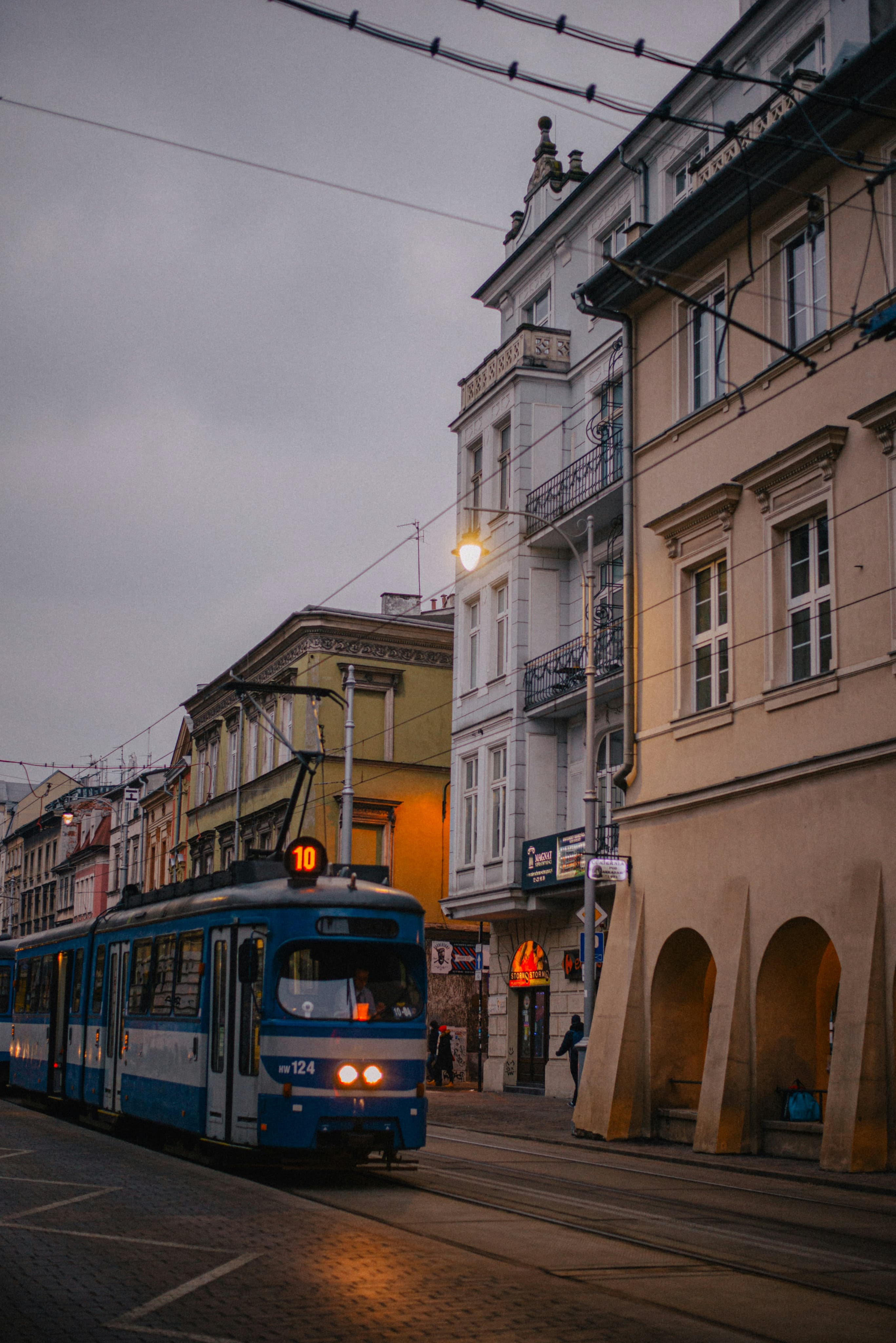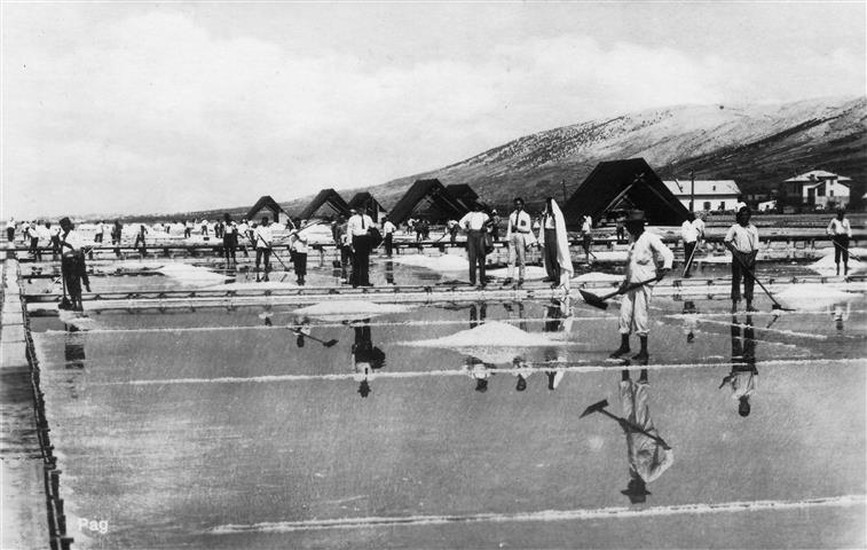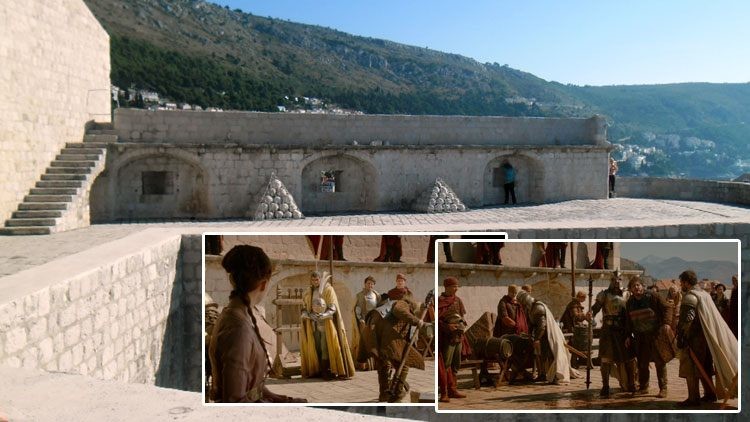Dubrovnik is a special place. You don’t need us to tell you that; it is clear from the moment you set eyes on the town, and its magic flows through every narrow street of the Old Town.
Still, a little recognition goes a long way, right? Dubrovnik is one of the few cities on the planet whose tangible and intangible charms have been deemed worthy of UNESCO attention, and 2024 is when all of this comes together. For one, the year marks the 45th anniversary of the city’s first entry into the annals of UNESCO. In 1979, the Old City of Dubrovnik was given World Heritage status, a doff of the cap to centuries of love and care given to the Gothic, Baroque, and Renaissance beauties that pack the streets within those famous walls. In 2009, the Festivity of Saint Blaise was awarded UNESCO Intangible Cultural Heritage status, the annual celebration inaugurated in 972 that marks Saint Blaise’s day. Finally, in late 2023, the Archives of the Republic of Dubrovnik (1022-1808) were included in the fabulously named Memory of the World register. Some say that good things come in threes, but this is just the tip of the iceberg regarding cultural and historical heritage in Dubrovnik.
To celebrate the year of UNESCO in the city, a broad range of exciting events will take place, headlined by the fascinating “Dubrovnik and UNESCO” exhibition (May 24 to October 31 at Rector's palace), which will open the doors of the old republic’s archive material to the public. Elsewhere, the FER Academic Male Choir of the University of Zagreb will perform two concerts (May 31 and June 1) in the Little Brothers Church and Duke’s Palace, respectively, before Katarina Livljanić and the Dialogos ensemble perform “Hecuba — Queen of Troy” as part of the Dubrovnik Summer Festival (July 24).
It is blindly obvious, but it can’t be said enough: Dubrovnik is a special place.
Understandably dazzled by Dubrovnik's historical splendour, many visitors remain unaware that it's a city with robust contemporary art traditions too. One cult gallery that has surfed many an avant-garde wave is Otok ("Island"), located in the beautifully renovated ensemble of medieval quarantine buildings known as the Lazareti. If you want to know what's going on in contemporary Croatian art, then Otok is the place to be.
The Museum od Modern Art Dubrovnik has an ever-fascinating calendar of exhibitions of events planned, as you’d expect from the city’s largest art institution. The sculpture and installations of Alem Korkut will be showcased from June 6 to July 14 before the presence of the Mediterranean in 20th and 21st-century Croatian paintings gets time to shine July 19 to September 15 . The trend-defying and wildly engaging work of Petar Dolić will be on show from September 24 to October 27, showcasing a truly unique sculptor. In between it all, the vivid portraits of Mara Bratoš will be unveiled on July 12 , and her exhibition Lopud will shimmer as part of the Dubrovnik Summer Festival.
Born and raised in Cavtat, Vlaho Bukovac (1855-1922) was one of the most gifted and prolific Croatian artists of the modern period . Both a brilliant portraitist and a master of the impressionistic landscape , his work was in demand across Europe and he ended up as a professor at the academy in Prague. Best place to get to grips with Bukovac's world is at the Bukovac House in Cavtat , a charming and intimate introduction to the artist's life and times. There are valuable collections of his works in the Museum of Moder Art Dubrovnik , while his serene Miracle of St Dominic hanging on the wall of the Dominican Monastery Church just inside the Ploče Gate.
A special exhibition of Bukovac’s fascinating portraits of Dubrovnik families will open in the Dulčić Masle Pulitika Gallery in mid-November and run through February 2025.
Dubrovnik's folklore troupe Linđo has been treading the boards ever since 1965 and enjoys an international reputation for its presentations of traditional music and dance. Their repertoire covers the whole gamut of Croatian folklore, but has a natural bias towards Dubrovnik and the surrounding region. The ensemble gets its name from a local hop known as the linđo , which is danced in couples to the jolly accompaniment of a screeching archaic lyre. They perform weekly throughout the summer.
One particular tradition for which the Dobrovnik County is famous is the group of archaic sword dances performed on the island of Korčula. Best-known of these is the Moreška from Korčula Town, a highly stylized narrative dance in which a Black King and his followers attempt to abduct a maiden known as the Bula. The Moreška is performed twice a week from the beginning of May to the end of September, outdoors in the town's open-air cinema or - in case of bad weather - in the local House of Culture.
To celebrate the year of UNESCO in the city, a broad range of exciting events will take place, headlined by the fascinating “Dubrovnik and UNESCO” exhibition (May 24 to October 31 at Rector's palace), which will open the doors of the old republic’s archive material to the public. Elsewhere, the FER Academic Male Choir of the University of Zagreb will perform two concerts (May 31 and June 1) in the Little Brothers Church and Duke’s Palace, respectively, before Katarina Livljanić and the Dialogos ensemble perform “Hecuba — Queen of Troy” as part of the Dubrovnik Summer Festival (July 24).
It is blindly obvious, but it can’t be said enough: Dubrovnik is a special place.
1. Coasting the contemporary art scene
Understandably dazzled by Dubrovnik's historical splendour, many visitors remain unaware that it's a city with robust contemporary art traditions too. One cult gallery that has surfed many an avant-garde wave is Otok ("Island"), located in the beautifully renovated ensemble of medieval quarantine buildings known as the Lazareti. If you want to know what's going on in contemporary Croatian art, then Otok is the place to be.
The Museum od Modern Art Dubrovnik has an ever-fascinating calendar of exhibitions of events planned, as you’d expect from the city’s largest art institution. The sculpture and installations of Alem Korkut will be showcased from June 6 to July 14 before the presence of the Mediterranean in 20th and 21st-century Croatian paintings gets time to shine July 19 to September 15 . The trend-defying and wildly engaging work of Petar Dolić will be on show from September 24 to October 27, showcasing a truly unique sculptor. In between it all, the vivid portraits of Mara Bratoš will be unveiled on July 12 , and her exhibition Lopud will shimmer as part of the Dubrovnik Summer Festival.
2. Hit the Vlaho Bukovac trail
Born and raised in Cavtat, Vlaho Bukovac (1855-1922) was one of the most gifted and prolific Croatian artists of the modern period . Both a brilliant portraitist and a master of the impressionistic landscape , his work was in demand across Europe and he ended up as a professor at the academy in Prague. Best place to get to grips with Bukovac's world is at the Bukovac House in Cavtat , a charming and intimate introduction to the artist's life and times. There are valuable collections of his works in the Museum of Moder Art Dubrovnik , while his serene Miracle of St Dominic hanging on the wall of the Dominican Monastery Church just inside the Ploče Gate.
A special exhibition of Bukovac’s fascinating portraits of Dubrovnik families will open in the Dulčić Masle Pulitika Gallery in mid-November and run through February 2025.
3. Get in step with the folk ensembles
Dubrovnik's folklore troupe Linđo has been treading the boards ever since 1965 and enjoys an international reputation for its presentations of traditional music and dance. Their repertoire covers the whole gamut of Croatian folklore, but has a natural bias towards Dubrovnik and the surrounding region. The ensemble gets its name from a local hop known as the linđo , which is danced in couples to the jolly accompaniment of a screeching archaic lyre. They perform weekly throughout the summer.
One particular tradition for which the Dobrovnik County is famous is the group of archaic sword dances performed on the island of Korčula. Best-known of these is the Moreška from Korčula Town, a highly stylized narrative dance in which a Black King and his followers attempt to abduct a maiden known as the Bula. The Moreška is performed twice a week from the beginning of May to the end of September, outdoors in the town's open-air cinema or - in case of bad weather - in the local House of Culture.






